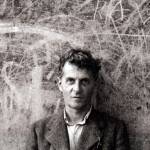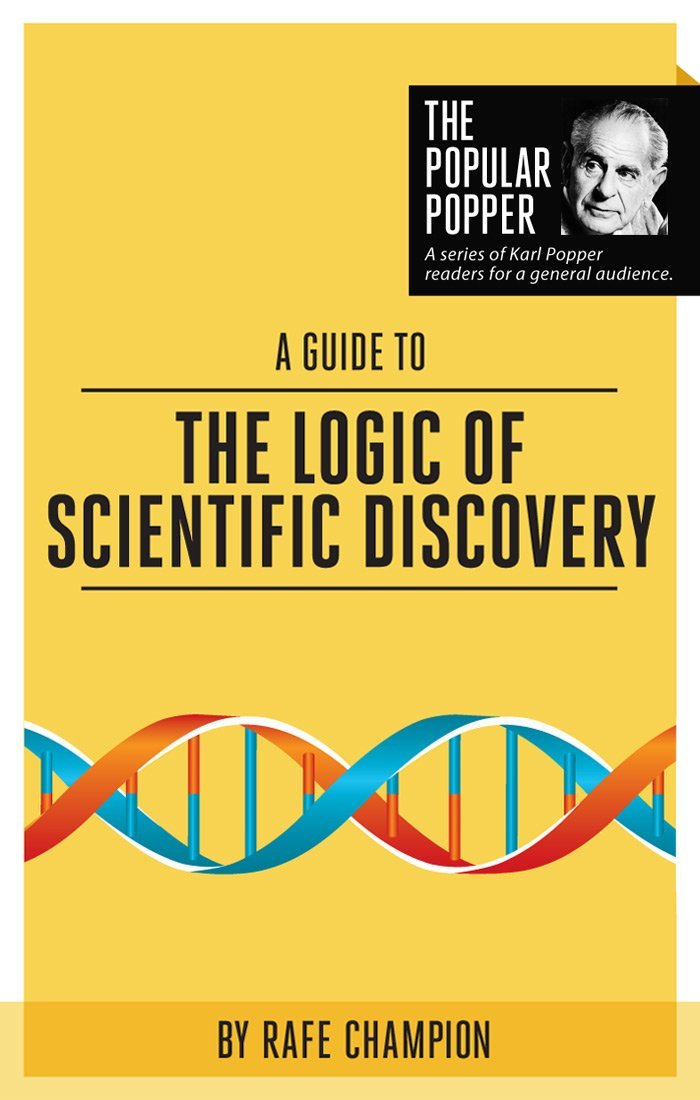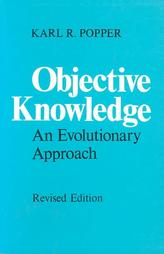Working on the early reception of Popper’s ideas and the way the “Popper Legend” became established – the idea that he could be aggregated with the positivists and logical empiricists and hence ignored when their program was eventually discredited.
Starting with Hacohen’s biography and his account of the way LdF was received when it was hot off the press.
“Logik der Forschung created a stir in Vienna and beyond, wherever the circle’s network reached. For a specialized book on scientific philosophy, it was widely read and reviewed.” [some reviews are cited]. The Austrian economists Morgenstern, Harbeler and Hayek read it very soon after publication and were favourably impressed.
Popper sent a copy to Einstein by a circuitous route, described by Hacohen. Popper was a lifelong friend of Rudlof Serkin, the pianist, who passed he book on to his mother-in-law Frida Busch, wife of the violinist Adolf Busch, who was a friend of Einstein. The book travelled with a note from Frida Busch that the young author did not have an academic position and could use any help that Einstein might offer. Einstein replied warmly, endorsing the philosophy on all the essential points, and he asked what he could do to help. Popper was advised to mention his need for a fellowship but he was too overwhelmed and he refused to impose on the great man.
“Einstein praised the book and Carnap regarded it as an outstanding achievement. Polish logicians Kotarbinski and Tarski thought it extraordinary, and young philosophers Ayer, Hempel and Nagel were in awe” [not for long it seems].
On the other hand, several circle members, Frank, Neurath, Reichenbach and Schlick were critical, “even outraged”, as were the physicists in Heisenberg’s group. Carnap was a supporter, but he wrote to Popper to complain that he had exaggerated his differences with the Circle, a theme that persisted among Circle supporters for the rest of their lives.
Besides, Carnap later appropriated the idea of falsification (testability) and used it as a criterion of meaning, adding weight to the “Popper myth” that he was concerned with meaning, like the other positivists. Hacohen reported that Schlick, the leader of the movement, lectured Popper in private about his wilful attacks on positivism and indicating that he had irreparably damaged his relations with the circle.
Hacohen reported that the publishers, Springer, printed 860 copies, of which 60 copies were gratis copies that were sent to journals and potential reviewers. The 13.50 RM price was equivalent to two to three days work for a schoolteacher like Popper at the time. The progressive sales figures were 200 by July 1935, 415 by October 1937 and 449 by August 1939. The publishers needed to sell 440 copies to break even and Popper received no payment. The remaining stock came to grief in an Allied bombardment late in the war. [ a little –reported war crime?}
Popper described what he called the “Popper Legend” in his reply to critics in the Schilpp volume (Library of Living Philosophers). The legend states that Popper was a positivist and (maybe even a member of the Vienna Circle) and he proposed falsification as the criterion of meaning instead of the verification principle which the positivists wanted to use to banish metaphysics from polite conversations
Of course the issue of meaning and the attempt to rule metaphysics out of court on the ground of meaninglessness was an abiding obsession of the logical positivists and then the logical empiricists. The durability of this elementary mistake is a graphic illustration of the way so many of the academic truth seekers were asleep at the wheel.
Popper cited numerous some statements of the myth and of course there was confusion caused by Carnap’s paper on falsifiability as a criterion of meaning. F Ayer’s book Language Truth and Logic (1936) was probably the first statement of the myth in print. Little noticed at the time, this book took after the war and for many English-speaking people , became the bible of advanced philosophy (at a time when Bertrand Russell’s influence was on the wane). Ayer was friendly and helpful with Popper when he went to England in 1936 but he did not clarify the true situation regarding Popper’s work even when the book was reprinted several times.
Carnap and Hempel sponsored the myth when logical positivism morphed into logical empiricism in the US. They became the leaders of the movement and in their lifelong quest for some criterion of “cognitive meaningfulness” they never modified the impression that that Popper shared their concerns (while attempting to exaggerate the distance between them).
Alice Ambrose in the US wrote “On the criteria of literal significance” in Critica, Revisita Hispanoamericana de Filosofia (1967), suggesting that Popper tried to circumvent the problems of the principle of verifiability with a new criterion “namely, that a statement counts as meaningful if it is in principle falsifiable”, which leads to new difficulties, such as the status of existential statements like “atoms exist”.
Lothar Krauth in Die Philosophie Carnaps (1970) wrote that Popper was perhaps the first to suggest the change from verifiability to falsifiability as the criterion of meaningfulness and Leszek Kolakowski perpetuated the same error in Positivist Philosophy (1972, pp 209 and 216).
As did Jorgen Jorgensen in “The development of logical empiricism” in the International Encyclopedia of Unified Science (1951).
One would have expected that perception to change when LSD appeared in English in 1959 but it was expensive , like the Logik and did not circulate widely before Kuhn’s The Structure of Scientific Revolutions appeared and became he best-known challenge to the old school in the philosophy of science.
A C Grayling, a lion of British philosophy, wrote in a recent book that a statement which is not falsifiable is “vacuous” in Popper’s scheme of things. Unreal!
 1. Wittgenstein, Philosophical Investigations [179 citations]
1. Wittgenstein, Philosophical Investigations [179 citations]





